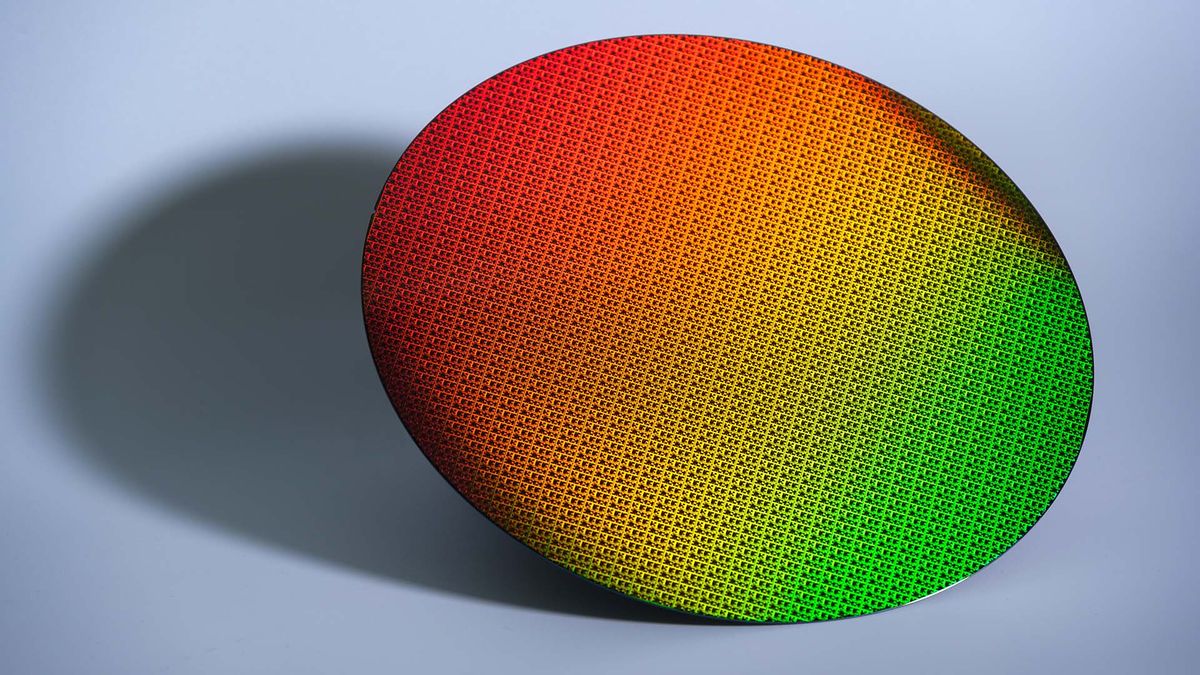Hey folks,
So, I stumbled upon some news that Intel seems to have quietly pulled the plug on its 20A process for the upcoming Arrow Lake chips. I mean, they didn’t exactly make a big announcement about it, but the word is out now, and it’s got me wondering what the heck is going on over at Intel HQ.
For those who aren’t following every little detail of the chip wars (understandable, lol), Intel’s 20A process was supposed to be their first foray into the “angstrom era” nodes. This was going to be the next big step after the 7nm process, but now, it looks like they’re not gonna use it for Arrow Lake at all. Instead, they’re jumping straight to the 18A process.
This makes me think, is this a sign that Intel is still struggling with their manufacturing tech? Or maybe the 20A process wasn’t delivering the kind of performance or efficiency gains they were hoping for? It’s also possible that they’re just looking to streamline things and focus on getting 18A right. But then, why even talk up the 20A in the first place?
Honestly, this move could mean a few different things for us as consumers. On one hand, it might mean Intel is cutting out some dead weight and focusing on getting better chips out faster, which could be good for competition (and maybe our wallets, fingers crossed). But on the other hand, if they’re having issues getting the process right, it could mean more delays or fewer options for us when it comes time to upgrade.

 www.pcgamer.com
www.pcgamer.com
So, I stumbled upon some news that Intel seems to have quietly pulled the plug on its 20A process for the upcoming Arrow Lake chips. I mean, they didn’t exactly make a big announcement about it, but the word is out now, and it’s got me wondering what the heck is going on over at Intel HQ.
For those who aren’t following every little detail of the chip wars (understandable, lol), Intel’s 20A process was supposed to be their first foray into the “angstrom era” nodes. This was going to be the next big step after the 7nm process, but now, it looks like they’re not gonna use it for Arrow Lake at all. Instead, they’re jumping straight to the 18A process.
This makes me think, is this a sign that Intel is still struggling with their manufacturing tech? Or maybe the 20A process wasn’t delivering the kind of performance or efficiency gains they were hoping for? It’s also possible that they’re just looking to streamline things and focus on getting 18A right. But then, why even talk up the 20A in the first place?
Honestly, this move could mean a few different things for us as consumers. On one hand, it might mean Intel is cutting out some dead weight and focusing on getting better chips out faster, which could be good for competition (and maybe our wallets, fingers crossed). But on the other hand, if they’re having issues getting the process right, it could mean more delays or fewer options for us when it comes time to upgrade.

Looks like Intel has quietly killed the 20A process, announcing that no Arrow Lake chip will use its first Angstron Era node
The Intel 20A process seems like it's going to go down in history as purely a test platform for backside power and GAAFET.
